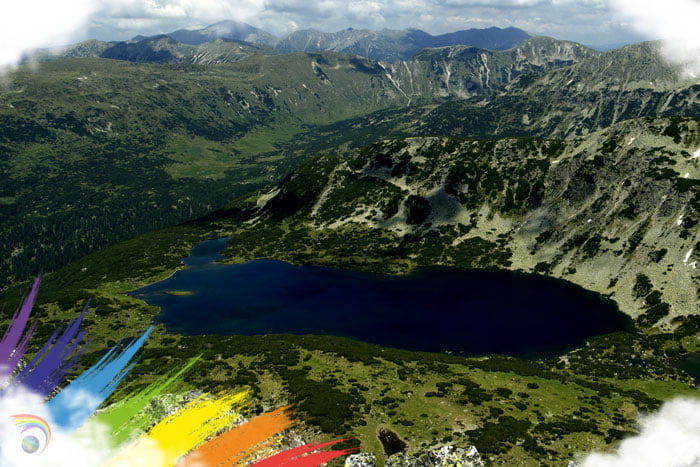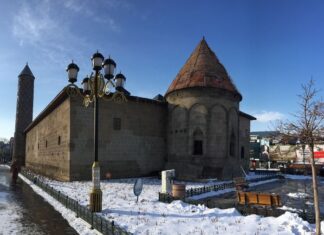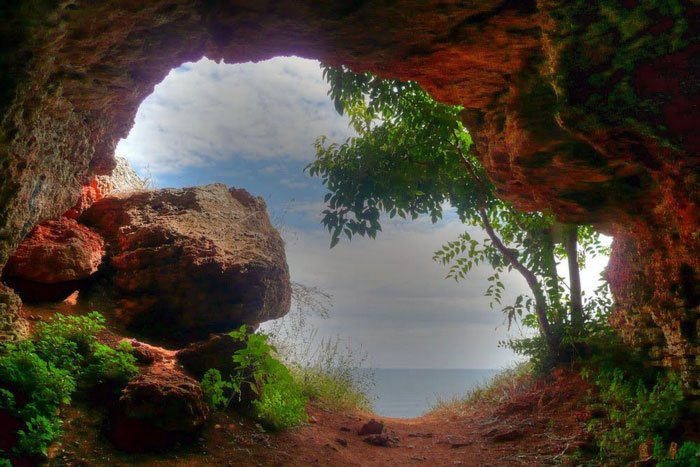Location and Borders
Bulgaria is located in southeastern Europe. To the north, it is separated from Romania by the Danube River, which serves as a natural boundary. On the west, Bulgaria shares a border with Yugoslavia (now Serbia and North Macedonia). To the south, it borders Greece and the European part of Turkey, which extends from Asia Minor across the Bosphorus. This southern region is part of the Balkan Peninsula, which connects Europe to Asia. Because of its position, Bulgaria acts as a natural bridge between Europe, the Near East, and Asia Early Settlement of the Balkans.
Shape and Size
Bulgaria roughly resembles a rectangle, but its borders are uneven and irregular. Geographically, its latitude is similar to that of New York State in the United States. In terms of area, it is about the same size as Tennessee.
Major Cities
The capital city, Sofia, is located in the west-central part of Bulgaria, near the border with Yugoslavia. The second largest city, Plovdiv, lies on the Thracian Plain between the Balkan Mountains and the Rhodope Mountains in the south-central region.
Important sea ports include Varna and Burgas, both located on the Black Sea. In the north, along the Danubian Plain, significant cities include Tirnovo, Gabrovo, and Pleven, while Russe is the major river port on the Danube, near the contested region of Dobrudja Tours Turkey.
Mountain Ranges and Peaks
The Balkan Mountain Chain, also called Stara Planina, runs across the center of the country, dividing it into northern and southern regions. North of the Balkans lies the Danubian Plain, drained by rivers flowing into the Danube.
South of the Balkan Mountains, the landscape becomes more mountainous. The Rila Mountains contain the highest peak in Bulgaria and the entire Balkan Peninsula, Mt. Musala, which rises to 8,683 feet. The Pirin Mountains are also significant, and they, along with the Rhodope Mountains, shape much of southern Bulgaria.
Rivers
Bulgaria has several important rivers that support agriculture, transportation, and cities. The three largest rivers are:
Iskar River – flows through western Bulgaria into the Danube.
Maritsa River – the largest river within Bulgaria, flowing southward to the Aegean Sea.
Mesta River – runs in the south, contributing to irrigation and local ecosystems.
Another important river is the Struma, which flows in the southwest of Bulgaria and helps connect the interior to the Aegean region.
Bulgaria’s geography, with its mountains, rivers, and plains, makes it a country of diverse landscapes. Its strategic location on the Balkan Peninsula has shaped its history, culture, and economy, making it a key bridge between Europe and Asia.








